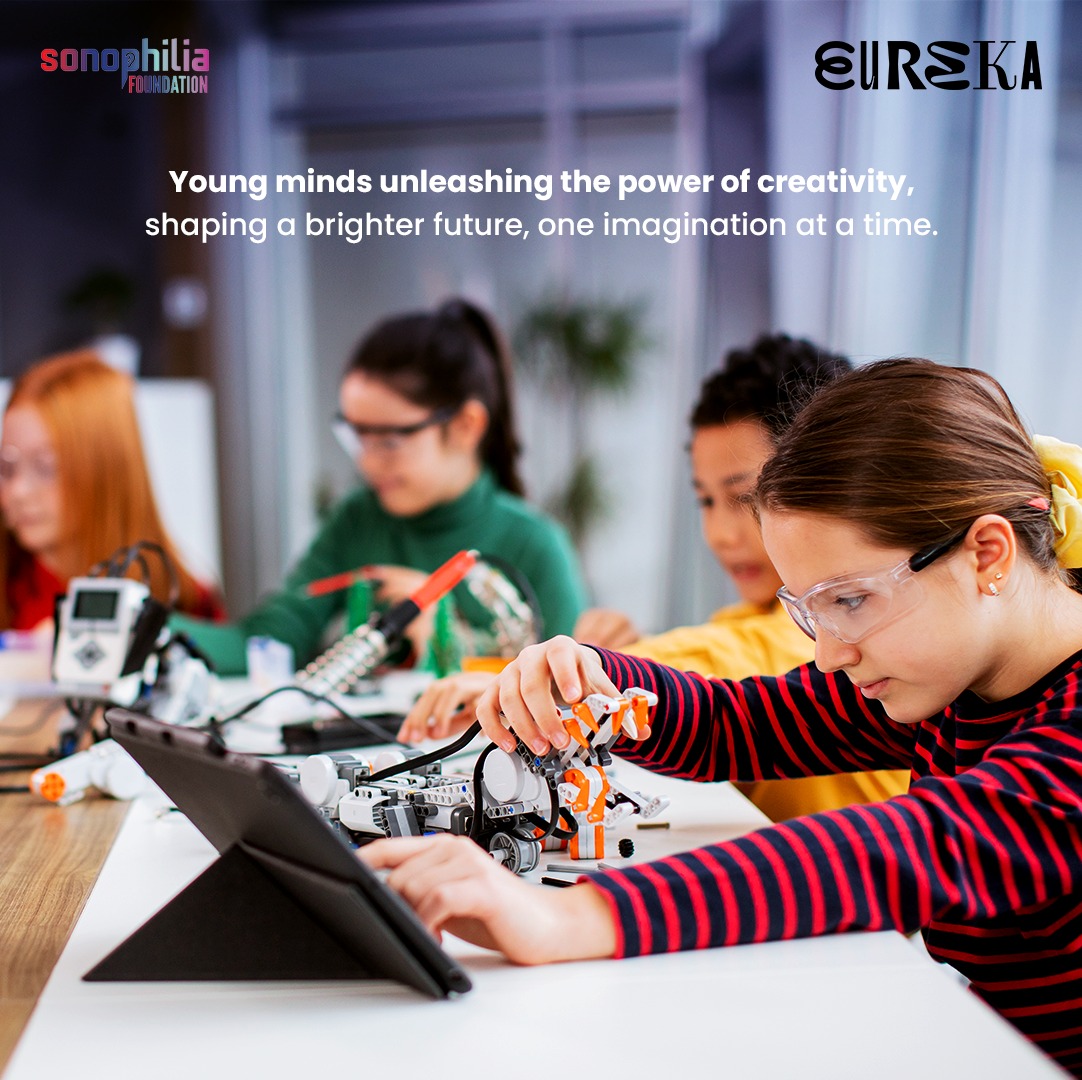Creativity and insight are tightly bound in nature. They go hand in hand. The research into insight problem solving is an ongoing endeavor, one which inherently requires innovative methods and a constant vigilance to our senses. Dr. Amory Danek, a cognitive psychologist and researcher at Heidelberg University, is this year’s recipient of the Sonophilia Foundation Research Stipend for her exceptional contributions to the field of insight problem solving.
It all started over 10 years ago when Amory attended a Thomas Fraps magic show as a student on the hunt for a PhD topic to pursue her dissertation. Not being particularly satisfied with traditional puzzle problems used in insight research, like geometric, spatial, or verbal puzzles, she went in search of a more natural problem-solving task. While sitting in the audience, she began observing others’ reactions, their facial expressions eliciting feelings of awe, surprise, uncertainty. It was there that she recognized how a magic trick could be interesting stimulus material to use for experimentation.
“Something happens and everyone reacts to it,” Amory explained to Sonophilia. “I thought this was a really interesting problem-solving task because that’s what people do when they watch a magic trick. They want to know how it’s done. Usually they don’t succeed, but in my design – the magic trick paradigm – I make that possible.”
Magicians never show the same trick twice, but Amory broke this rule. Through a collaboration with Thomas Fraps himself, she borrowed his performances of specifically selected magic tricks that would, theoretically, have a clear solution. With roughly 35 of his magic trick performances recorded on video, she uses these as problem-solving tasks in her studies. She shows a magic trick up to three times, which makes it solvable.
“I use these video clips and present them repeatedly to participants, asking them to find out how the magic effect is achieved. They push a button [when they have] a solution idea. Even before they spell out their solution idea, I ask them to give a rating about their aha moment to report their experience during the solution. Then they indicate whether it was a very strong aha moment or a rather weaker one, or maybe none at all… Then of course, I look for solution rates, reaction times. We investigate and analyze those aha ratings and a few other variables.”
The emotional aspect of having a strong aha moment while discovering the solution to a magic trick is what Amory calls the insight memory advantage because the aha experience provides a memory boost. One obvious application for this insight memory advantage would be in educational settings to try and trigger aha moments to help students remember study material, but testing it with patients with memory impairments, such as Alzheimer’s disease, would also be valuable. There are also several implications for the phenomenology of insight research in the ways our senses relate to our innate ability to be creative.
“Phenomenology is a really interesting aspect of cognition that has been neglected because people think emotions are too soft for cognitive science… We need our senses to provide information about the creative task at hand. We have to perceive the problem elements, so we rely on our senses first. However, there is preliminary evidence that in the moment of insight, we tend to shut out external input… in the moment when something crucial happens at the cognitive level, [we see] a shift of attention inwards. We disengage from the external world to focus more on the cognitive processing that’s going on inside.”
Amory also focuses her research on other related cognitive mysteries, such as social aspects of action understanding and language impairments through the use of a nonverbal test called the Tomato and Tuna Test. This essentially has pictures of actions of daily life being depicted, and the task is to choose an action that would lead to a specific goal. This could also help us understand, to a certain degree, the difference between static and complex problems. Insight is a third class of problem in itself, one which she suggests requires an incubation period.
“Let a problem rest…You need to restructure your view of the problem. That’s the case with magic tricks. The problem representation that you set up when you are faced with that problem is incorrect. It doesn’t work. You overlook some important details… To disengage from that incorrect initial problem representation, incubation is very helpful, or just going for a walk or sleeping on it. You cannot force an insight.”
Looking at all these dimensions of her work, Amory is eager to use the funds from the Sonophilia Foundation Research Stipend to finance more experimental studies. She first wants to explore how to promote creativity through some domain-independent training processes, for instance the theory of inventive problem solving. Another idea is to look at how design creativity can be improved.
“People seem to have a more flexible mindset after watching a magic trick, which is really interesting because when you watch a magic trick, it elicits cognitive dissonance, since it violates your expectations… I think it would be a really exciting project to see whether just watching and observing magic tricks puts designers or engineering students in a more flexible mindset.”
Amory is especially excited to get in touch with other people within the Sonophilia community whose days are filled with more creative output and activities. She’d like to exchange ideas with artists, music composers, or creative writers on their experiences with aha moments and “how they use them or whether they are perhaps guided by their insights in their creative work.”




